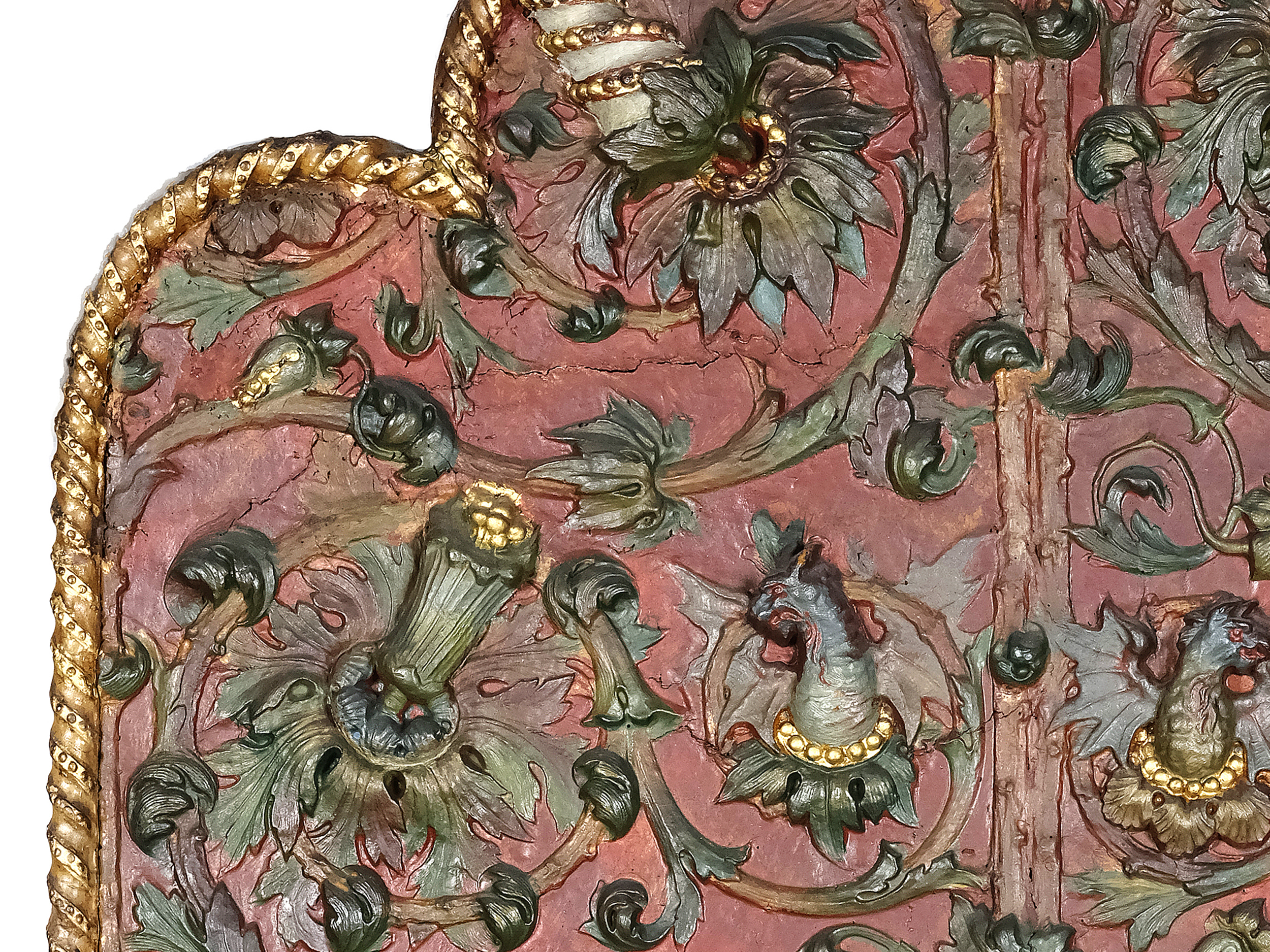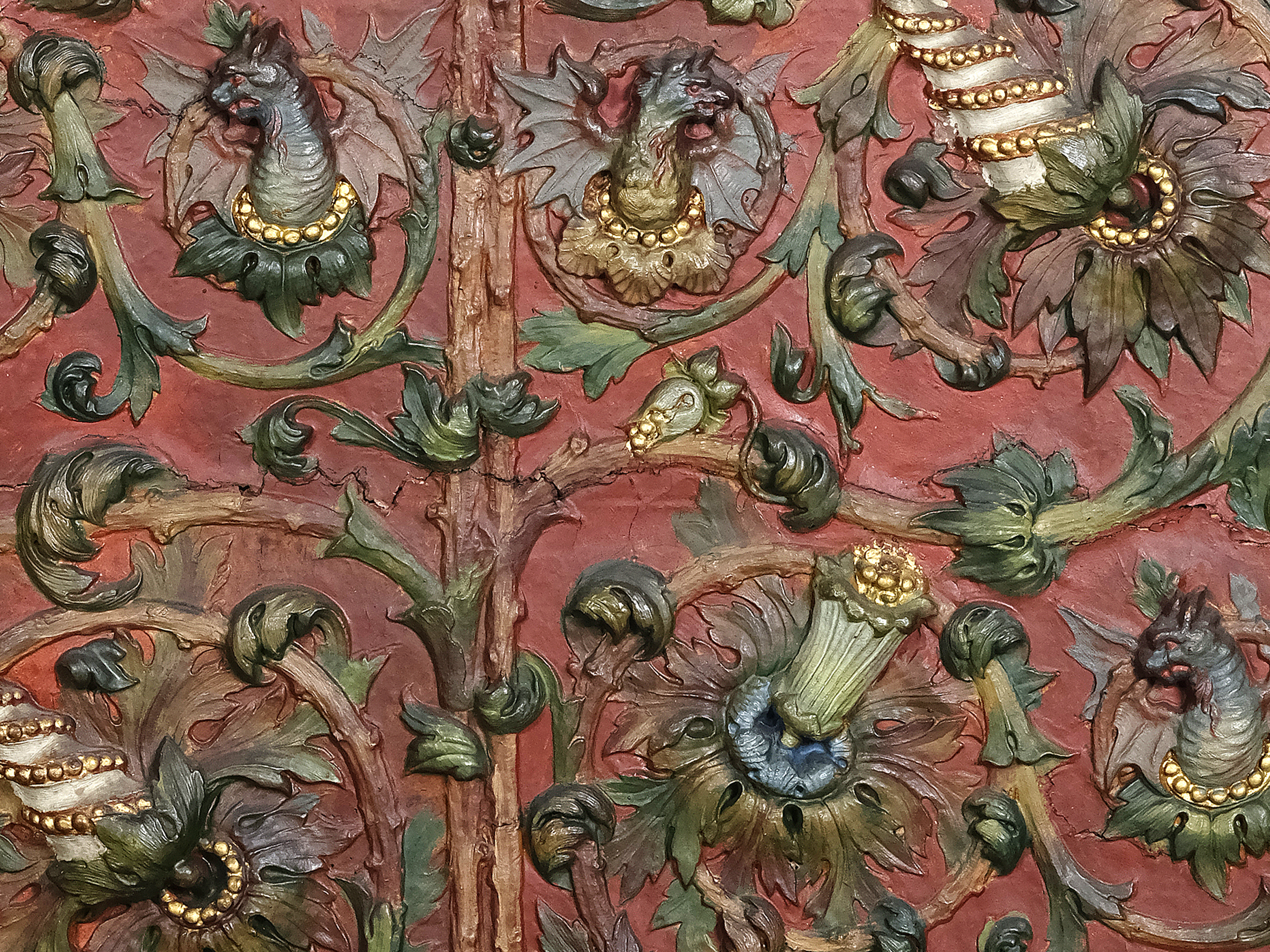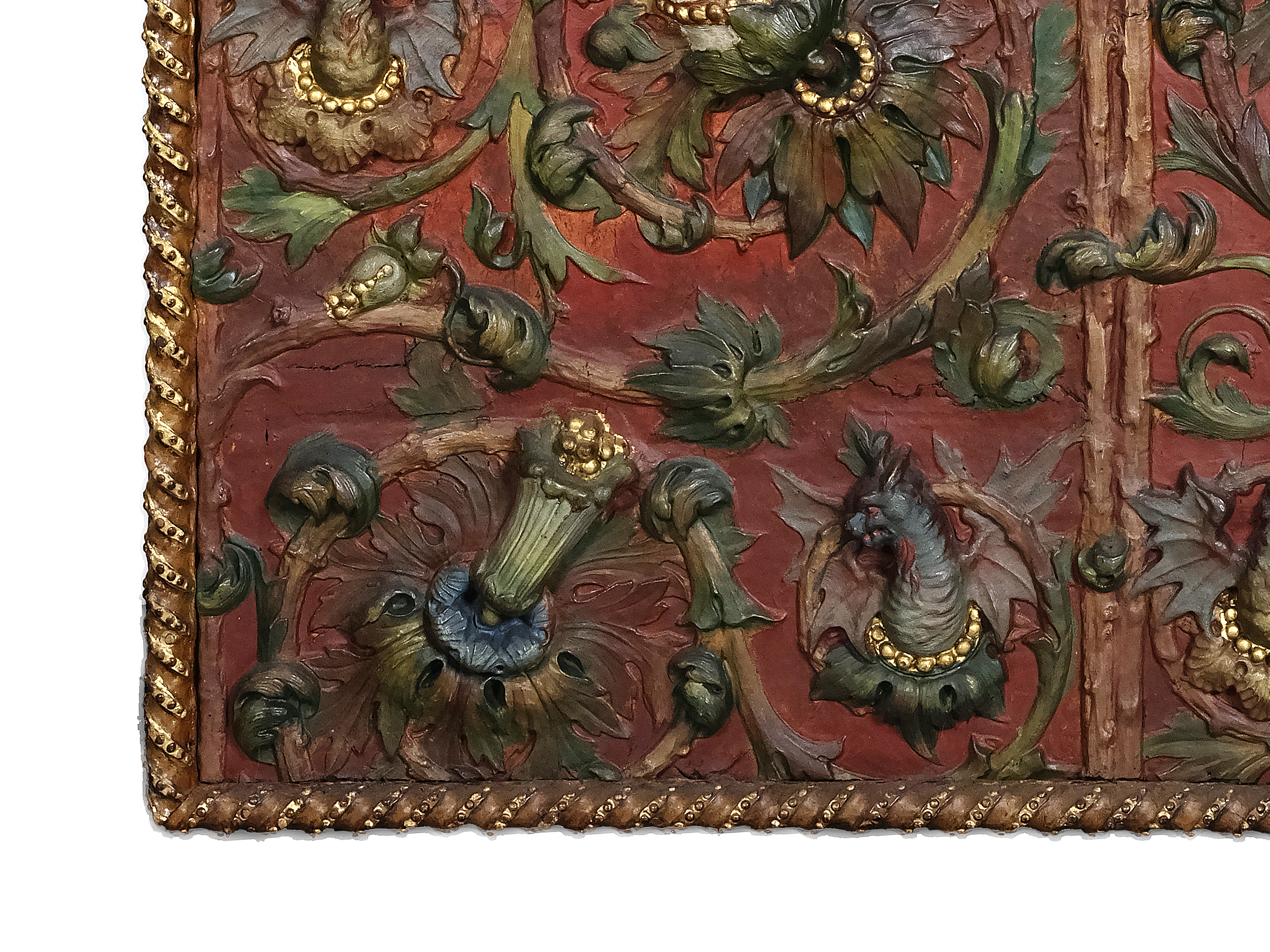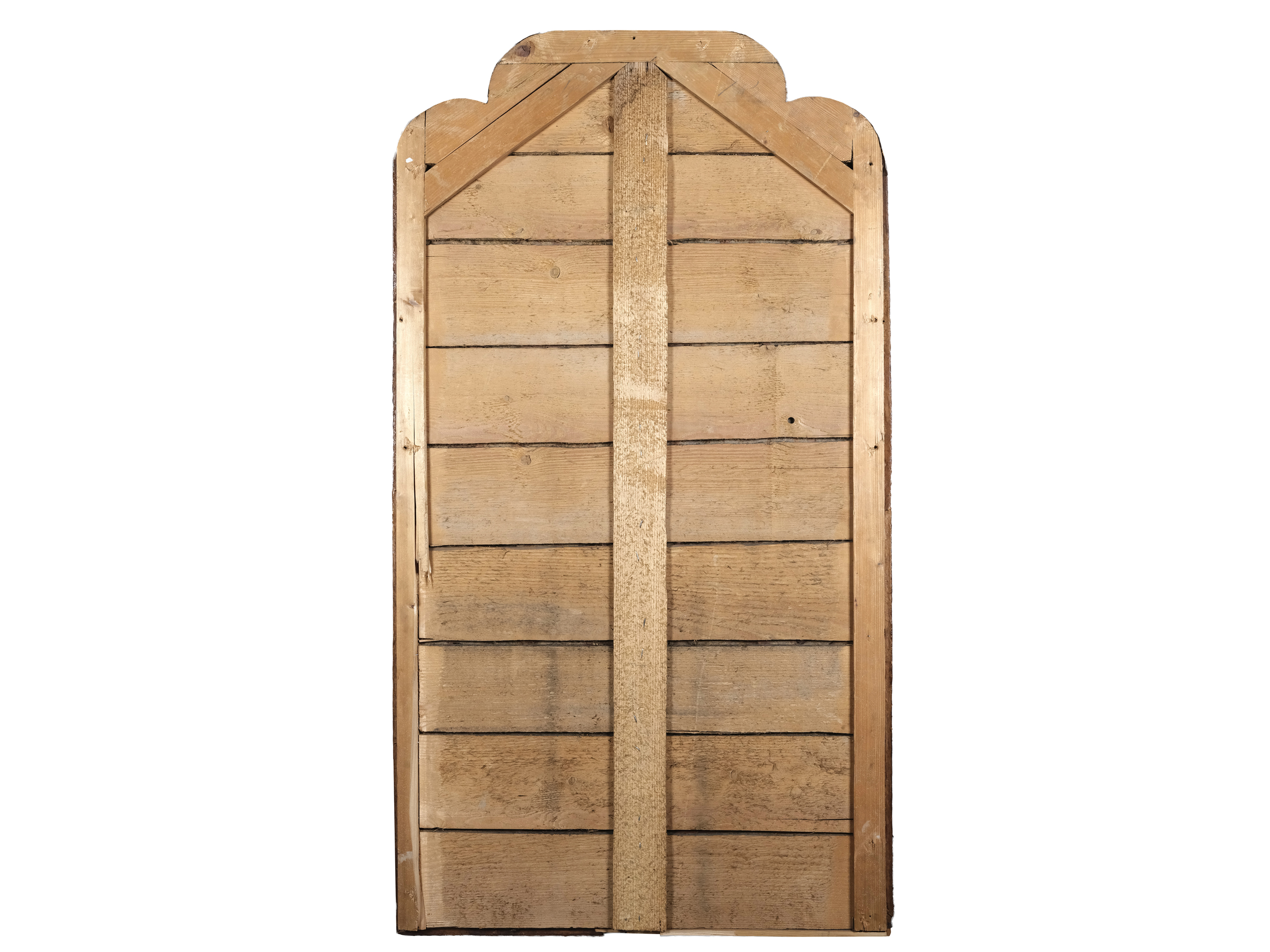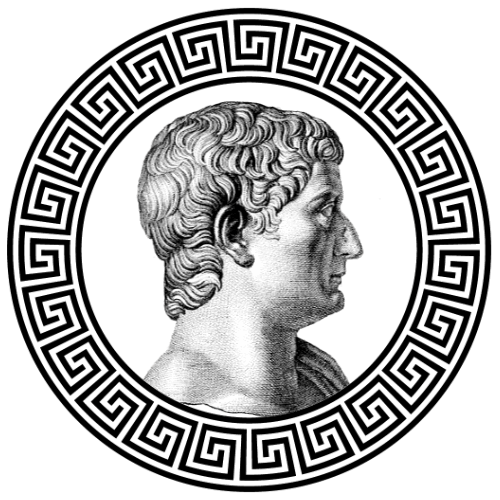Wall panel
14th Tiberius Auction
Wall panel
Starting price:
€ 800
- USD: 842 $
- GBP: 662 £
Estimated price: € 2.000 / 4.000
| from | to | bid increment |
|---|---|---|
| 0 € | 99 € | 5 € |
| 100 € | 199 € | 10 € |
| 200 € | 399 € | 20 € |
| 400 € | 999 € | 50 € |
| 1.000 € | 1.999 € | 100 € |
| 2.000 € | 3.999 € | 200 € |
| 4.000 € | 9.999 € | 500 € |
| 10.000 € | 19.999 € | 1.000 € |
| 20.000 € | 39.999 € | 2.000 € |
| 40.000 € | ∞ | 5.000 € |
Wall panel
Italy
16th/17th century
Cartapesta in relief painted polychromed on wood
144 x 78 cm
This elaborately carved and brightly colored panel is made in cartapesta. The cartapesta technique was developed in Italy in the 16th century and is particularly well known in the Apulian city of Lecce, but may have had its predecessors in Naples. It is a type of papier-mâché in which the paper is soaked in a binding agent, then ground, pressed and finally applied. Clay models and plaster cast negatives are often used, with the paper being pressed into the mold and later attached to the final structure. The final layer is dried and covered with a layer of plaster glue. The details are then worked out, with a waterproof coating applied to the surface, giving the final result the appearance of wood, stucco or even marble. Several workshops were set up in Lecce and this technique was used in numerous sacred and courtly buildings. Papier-mâché replaced stucco as a material for ceiling and wall decorations (e.g. in Santa Chiara in Lecce), and a panel of this luxurious interior decoration is preserved here.
This panel is decorated with dynamically curved, volute-shaped tendril formations arranged symmetrically around a central stem. The pattern shows two different flowers with acanthus-like foliage, always arranged as a contrasting pair: a bluish and a conical white-gold flower. These are flanked by small dragon creatures flapping their outstretched and serrated wings excitedly, also inscribed in tendrils. The green tendrils stand out spectacularly against the strong red background due to their sculptural design and must have originally contributed to the colorful impression of the interior.
The motifs of the grotesques are very similar to the engravings of the Ara Pacis by Agostino Veneziano or Agostino dei Musi (ca. 1490 – ca. 1540) around ca. 1535/36 (MET 24.10.16), which were directly inspired by the ornamentation of this important Roman monument. Decorative designs from antiquity were of great importance for the decorative schemes of the 16th century. This panel thus reflects an original richness of form that was increasingly based on ancient models. Another ornamental design by the same artist also shows figurative and zoomorphic (hybrid) creatures amidst vines (MET 49.95.42). Agostino Veneziano’s engravings after Raphael also show interesting similarities in the floral forms (MET 24.72.2) and the winged creatures in the center of the vines (MET 24.72.17). A striking example of Raphael’s work is the wall decoration of the loggias in the Vatican Palace, completed around 1519, which refers to models from ancient imperial palaces and villas.
Bibliography:
David Landau and Peter Parshall, The Renaissance Print, New Haven 1996.
Enzo Rossi Ròiss, Cartapesteide, Urbino 2006.


